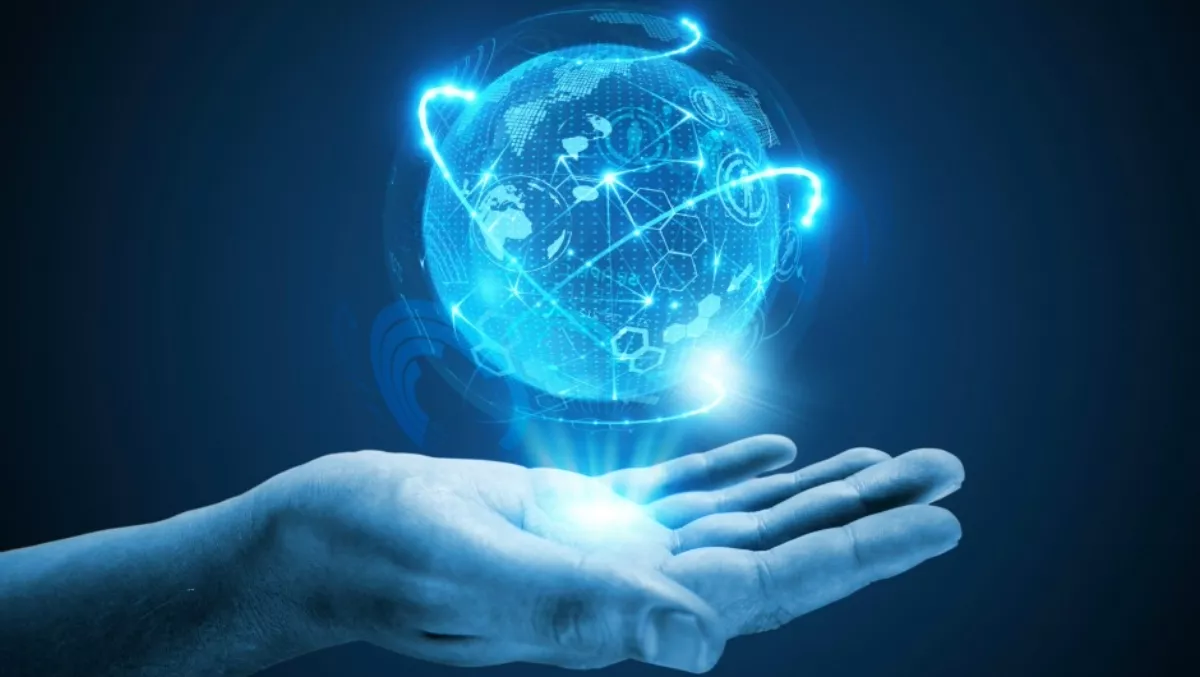
CIO futures: Executive relationships in 2030
It's the year 2030 at a born-digital, online-only retail company. The company's product assortments and sales promotions are created dynamically and automatically based on data. Smart technologies manage the supply chain. The products, highly customised via 3D printing, are delivered via autonomous vehicles and drones. Management makes decisions based on analytics and uses data to improve operational efficiency and identify new revenue streams.
Notably, the CIO role has evolved alongside digital business. The person in this role is now the de facto COO of the company, and is responsible for areas of the company managed today by the CTO, chief digital officer, chief strategist and business developer, and a chief innovation and risk officer.
"Digital business will change the role of the CIO in most enterprises from the manager of the IT organisation into the second most important business strategist and operational leader, after the CEO," says Ansgar Schulte, research director. "This transformation poses big challenges for CIOs themselves, but it will pose just as big a challenge for the entire executive committee. After all, a changing CIO role will alter the CIO's relationship with the CEO, CFO, CMO, head of HR, other top executives and even the board of directors.
In 2030, all executives' focus will have shifted to accommodate the digital business. For example, Legal will oversee ethical issues triggered by the use of artificial intelligence and personal digital assistants, and HR will need to monitor governmental regulations for the employment of humans along with smart machines.
In 2030, CIOs will interact frequently with many corporate officers:
CEO: The CIO will act as the second-in-command to the CEO, largely due to his broad responsibilities for technology, information and risk management, as well as business innovation. The CIO and CEO will regularly review digital business strategy with the executive committee with a focus on deriving business value from deep, data-driven business analysis. They will review potential threats and discuss opportunities.
Board: The CIO will meet with the Board to provide guidance about the implications of digital technologies and advise on options for radical business model innovation.
CFO: The CIO will be responsible for technology-driven business development and innovation. He will monitor evolving financial management technologies such as blockchain and discuss new business opportunities and risks with the CFO. The CIO will also help identify digital merger and acquisition or investment opportunities to enable the company to continue innovating.
Legal: The CIO will be responsible for identifying risks related to algorithmic business and digital technology adoption and for developing effective mitigation strategies. This includes areas such as cybersecurity, data security, data privacy and legal compliance. She will use advanced scenario planning techniques informed by technology, industry and socioeconomic data.
CMO: The CIO will support the CEO and chief marketing officer (CMO) in creating new, industry-specific business platform services that leverage the company's advanced digital capabilities. These platforms will also be offered to other organizations.
HR: The organization's digital capabilities will require top talent. The CIO will assist HR in deciding how to acquire, orchestrate and retain digital talent. He will also help HR navigate a hybrid digital workforce, which will include algorithms, robots and smart machines alongside people in IT, OT, R-D and innovation centers. When necessary, the CIO will become the deputy head of HR.
By 2030, the CIO will have major executives, including the head of technology operations, digital business development and innovation, and information security and risk reporting to the position.
While in 2016, CIOs are responsible for helping fellow executives use technology to achieve their goals, in 2030, CIOs will instead be peers who collaborate to identify and realise a digital business vision.

